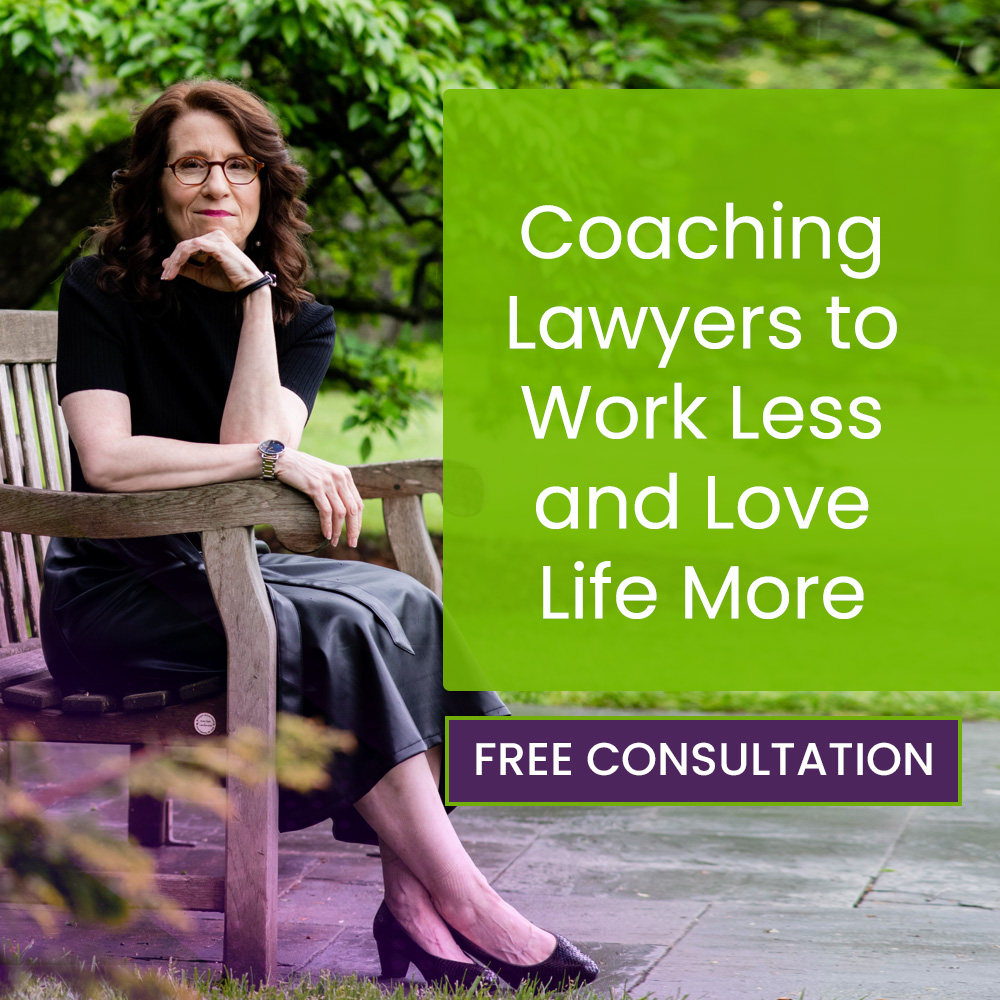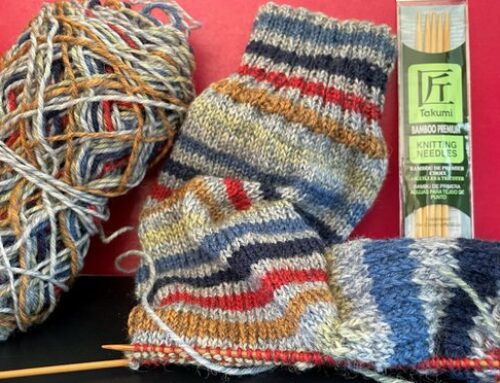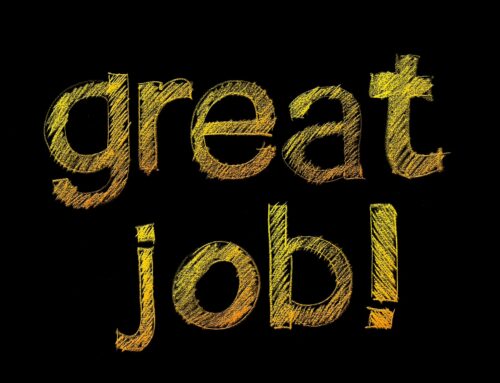
Cracking the Confidence Code
In “The Confidence Code,” authors Katty Kay and Claire Shipman attempt to glean the mysteries of self-confidence. The subtitle, “The Science and Art of Self-Assurance—What Women Should Know” nails more specifically the mission of the book to apply studies, research and data to assessing whether or not a confidence gap exists between women and men and what to do about it. But the book is not limited to what women should know. Much of the research is relevant to anyone, men included, with female co-workers, direct reports, supervisors, daughters and wives who would do well to understand the confidence crisis. The authors write: “The data is pretty grim. Compared with men, we don’t consider ourselves ready for promotions, we predict we’ll do worse on tests, we flat out tell researchers that we just don’t feel confident at our jobs.”
The good news is that confidence is only part science. The rest is art or how we live our lives. “The newest research shows that we can literally change our brains in ways that affect our thoughts and behaviors at any age. And so, fortunately, a substantial part of the confidence code is what psychologists call volitional: our choice. With diligent effort, we can all choose to expand our confidence.”
In order to study what confidence is, the authors set out to identify and interview experts who have researched it and those who exemplify it. Confidence is defined in various ways:
- Purity of action produced by a mind free of doubt;
- A belief that we can create a successful outcome;
- A sense that you can master something, that everything will work out;
- The stuff that turns thought into action;
- That which distinguishes those who imagine from those who do.
Lest you think that confidence is all in your head, the authors say that’s wrong. “One of the most unexpected and vital conclusions we reached is that confidence isn’t even close to all in your head. Indeed, you have to get out of your head to create it and use it. Confidence occurs when the insidious self-perception that you aren’t able is trumped by the stark reality of your achievements.” In other words, as you achieve mastery and accomplish your goals, it will be harder to argue against your own value, even with yourself.
Along the way, beware of behaviors and characteristics that stand in the way of way of confidence:
- Apologizing for no reason;
- Asking permission to voice opinions;
- Thin skin, taking things personally and having hurt feelings;
- People pleasing and needing to be liked rather than respected;
- Being unwilling to negotiate salary or raises. Women effectively believe they are 20% less valuable than men believe they are;
- Propensity to dwell on failures and mistakes rather than opportunities;
- Not taking credit when things go well and taking the blame for things gone bad;
- Perfectionism, fear of failure; and
- Negative automatic thoughts.
A study by Hewlett-Packard found that “women working at H-P applied for promotions only when they believed they met 100 percent of the qualifications necessary for the job. The men were happy to apply when they thought they could meet 60 percent of the requirements. So, essentially, women feel confident only when we are perfect. Or practically perfect.”
This appeared to be borne out recently when Oprah Winfrey was interviewed by David Rubenstein on Bloomberg’s “The David Rubenstein Show: Peer-to-Peer Conversations.” He asked if she would consider running for president and pointed out that one doesn’t need government experience to be elected to which Winfrey replied, “That’s what I thought. I thought, ‘Oh gee, I don’t have the experience, I don’t know enough,'” Winfrey said. “And now I’m thinking, ‘Oh! Oh.'”
So, we have two successful people who looked at the office of president through the lens of their experience, which have common threads. Both come from the world of television, publishing, retail, business, real estate and branding. Both are often referred to by just one name and neither have experience in government. The woman looked at the role and said “no way am I qualified” and the man put his name on the ballot and won.
Too often, we are deterred by perfectionism which prevents us from undertaking and completing challenging work. “We don’t answer questions until we are totally sure of the answer, we don’t submit a report until we’ve line edited it ad nauseam, and we don’t sign up for that triathlon unless we know we are faster and fitter than is required. We watch our male colleagues lean in, while we hold back until we believe we’re perfectly ready and perfectly qualified.”
Although Winfrey has never appeared to lack confidence, her explanation aligned perfectly with the findings of the Hewlett-Packard study. There could be other forces at play, of course. Winfrey might not want to be president or may believe government experience to be an essential factor any candidate should have.
Kay and Shipman call confidence “life’s enabler” and lay out practices that support it. Here are some confidence-boosting habits the authors recommend:
- Fail fast. This comes from the alpha and beta-test world of technology where it is favorably viewed to throw out a bunch of ideas, roll them out quickly, see which ones stick, and toss the rest. “If we get busy failing in little ways, we will stop ruminating on our possible shortcomings.”
- Leave your comfort zone. Kay and Shipman want you to remember this above all else in the book: “When in doubt, act.” Missteps and failure offer opportunities for growth that simply cannot occur without them. If you don’t try, you cannot succeed or fail, so try.
- Don’t ruminate—rewire. Think about what did go well and practice reframing your thoughts as opportunities for the next time out.
- Kill negative automatic thoughts (NATs). The first step is to recognize that you’re having NATs. Keep a journal for a few days. It won’t take longer than that to see that the NATs are repetitive, relentless and ruthless. Awareness of these thoughts provides an opportunity to find an alternate point of view. This does not have to be an argument, just another way of seeing things. “I’m inefficient” could become “Perhaps I get more done than I realized.”
- Do not take criticism personally. Some trial lawyers thank the judge after being overruled and we can do the same thing when we feel disapproval. Remember that it’s usually something you did, not who you are. Think about feedback as a benefit and your ability to handle it as the source of more data.
- Speak up and banish upspeak (ending declarative sentences with a raised tone as if it’s a question). Researchers call upspeak a psychological safety net because it makes a comment sound like a question in order to deflect potential criticism.
- Meditate. A calm brain is the ultimate confidence tool.
- Be grateful. This helps partners in confidence like happiness and optimism thrive.
- Think small. What? Yes, chunk things down. Teasing out the components of a monumental challenge and accomplishing part of the work can boost your opinion of your ability to complete it.
Confidence is not a trait that you are either born with or not. It is derived largely from your own opinion of yourself and you can always improve that. Much of the work is in assessing and marshalling beliefs that are not fact-based and that do not support you. Instead, offer an alternate point of view based upon data. I have seen confidence surge during coaching conversations when clients have an opportunity to reflect upon their accomplishments and own that they actually had something to do with it. That done consistently will increase your belief that everything will work out. And that is confidence.
Reprinted with permission from the March 22, 2017 edition of “The Legal Intelligencer” © 2017 ALM Media Properties, LLC. All rights reserved. Further duplication without permission is prohibited. For information, contact 877-257-3382, reprints@alm.com or visit www.almreprints.com.







